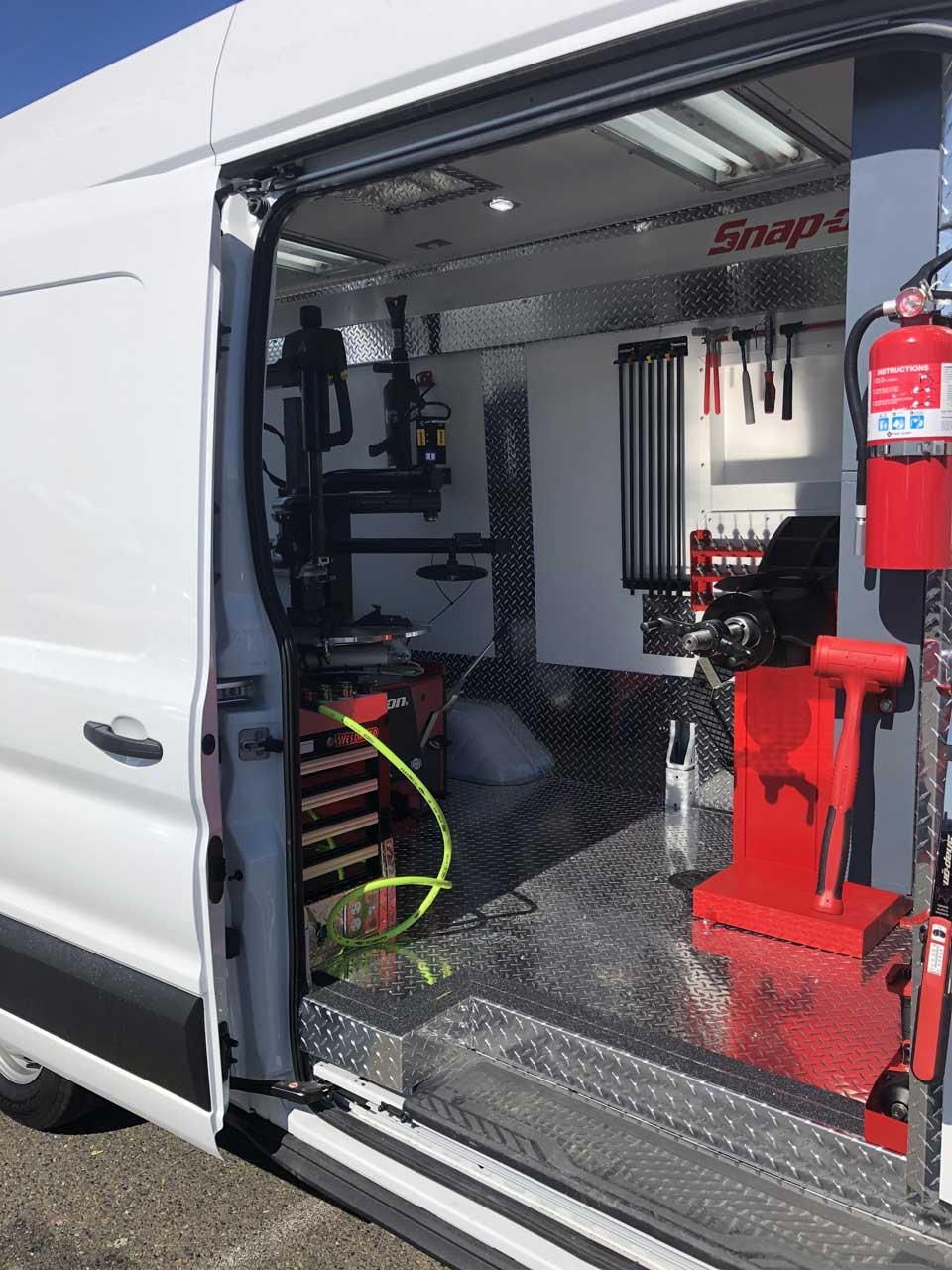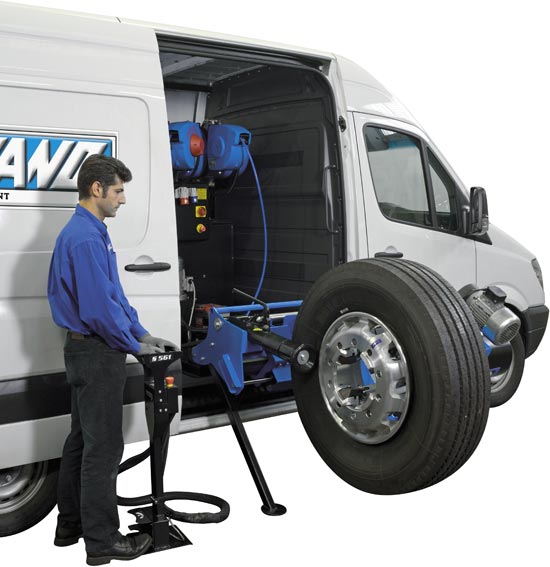Morris Tires: Your Partner for Professional GMC Tires Service
Morris Tires: Your Partner for Professional GMC Tires Service
Blog Article
Tire Solution: The Effect of Weather
When it comes to guaranteeing optimum efficiency and safety and security on the roadway, understanding the influence of weather problems on tire solution is essential. GMC Tire Service. In this conversation, we will check out the intricate partnership in between weather condition conditions and tire solution, losing light on the value of weather-specific tire upkeep techniques and considerations.
Warm and Tire Performance
When revealed to high temperatures, tires experience changes in efficiency that can dramatically affect car safety and security and handling. The warmth generated from extended driving or warm weather condition conditions triggers the tire rubber to soften, leading to minimized tread life and increased wear.

Cold Weather Condition Impacts
Cold weather condition conditions can have a considerable impact on tire efficiency and safety. In cool climate, tires may additionally lose air pressure extra swiftly, which can influence taking care of and fuel efficiency.
To alleviate the impacts of cool weather on tires, it is crucial to routinely check tire stress and inflate them to the manufacturer's recommended degrees. Utilizing winter months or all-season tires created for winter conditions can additionally improve grip and hold on icy or snowy roads. Appropriate tire maintenance, consisting of routine assessments for wear and damages, becomes a lot more vital throughout chillier months to make certain optimal performance and safety and security.
Rainy Issues Influence
Throughout wet problems, tire performance and safety and security can be considerably influenced by the wet road surfaces and minimized exposure. The tread pattern of tires plays an important role in preserving grip on damp roadways. Tires with worn-out footsteps are more susceptible to hydroplaning, where a layer of water accumulates in between the tire and the roadway surface, causing loss of grip. To battle this, vehicle drivers should consistently evaluate their tires for ample step depth and think about investing in tires particularly designed for wet problems.
In addition, stormy climate can also decrease presence, making it challenging for motorists to see the road in advance clearly (GMC Tire Service). In such conditions, it is vital to adjust driving rates appropriately and keep a his response safe adhering to range to permit abrupt stops. Effectively filled with air tires can additionally aid in keeping control on damp roads by providing much better handling and hold
Snow and Tire Safety And Security
Snow-covered roadways pose distinct obstacles for chauffeurs, stressing the significance of appropriate tire option and upkeep. When driving in snowy conditions, having the ideal tires can make a substantial difference in security and efficiency. Winter tires are made with unique rubber compounds and walk patterns to supply much better grip on snow and ice compared to all-season tires. The much deeper treads and sipes of wintertime tires aid grip the roadway better, reducing the risk of sliding and slipping.

Additionally, drivers ought to think about installing tire chains in severe snowy conditions. Tire chains provide additional grip by gripping the snow and ice, enhancing security and control. Nevertheless, it is essential to adhere to producer instructions when setting up and making use of tire chains to protect against damages to the tires and vehicle. By selecting the ideal tires, maintaining proper inflation, and thinking about extra traction help like tire chains, drivers can boost their security when navigating snow-covered roads.
Weather-Related Tire Maintenance
When confronted with various weather, proper tire upkeep comes to be a vital facet of car safety and security and efficiency. Weather-related tire upkeep includes a series of practices focused on making certain ideal tire feature and longevity in different climate circumstances. One key element of weather-related tire upkeep is tire stress guideline. Changing temperature levels can create tire stress to differ, impacting grip and fuel efficiency. Consistently adjusting and examining tire pressure according to maker suggestions is crucial for safe driving in altering weather. Additionally, tire walk depth plays a substantial duty in managing different climate elements. Tires with appropriate walk depth supply far better get redirected here grasp on damp or icy roads, reducing the threat of skidding or hydroplaning. When tread wear gets to a certain depth is essential for preserving grip and security in negative weather condition, inspecting tire walk consistently and changing tires. By prioritizing weather-related tire maintenance, chauffeurs can boost safety, boost automobile efficiency, and extend the lifespan of their tires.
Conclusion
In final thought, climate problems have a substantial effect on tire performance and safety. From warmth impacting tire stress and put on to cold climate reducing grip, it is important to think about the weather when preserving and using tires.
In this discussion, we will discover the complex connection in between weather conditions and tire solution, shedding light on the value of weather-specific tire maintenance methods and factors to consider.

Report this page